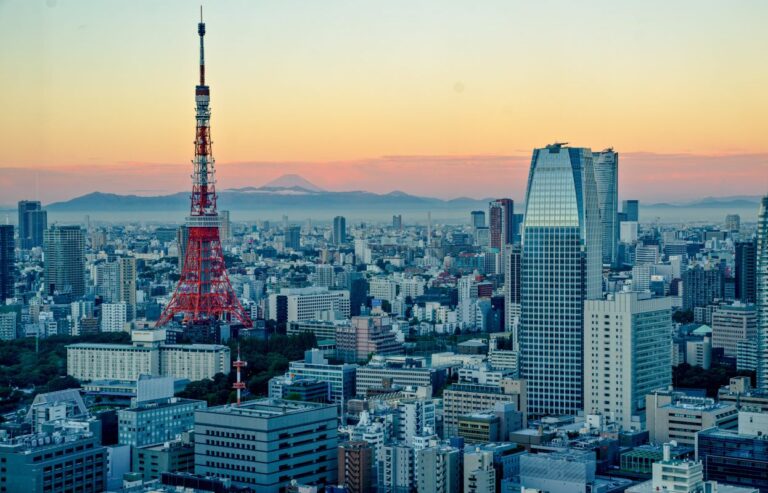Tokyo is a bustling city with a population of over 13 million people. As such, it has one of the most extensive and efficient public transportation systems in the world. The Tokyo public transport system is clean, reliable, and easy to navigate, making it a popular choice for Both Tokyoites and out-of-towners.
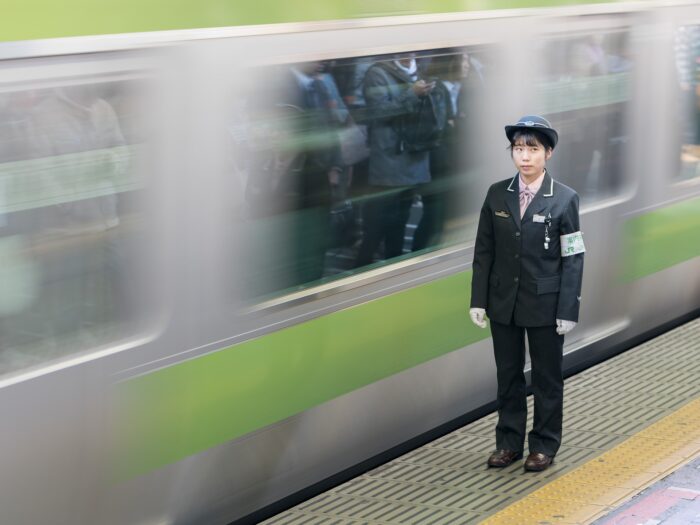
The system includes trains, subways, buses, and taxis, all of which are well-maintained and punctual. The trains and subways are especially popular, as they are fast and cover a large area. They are also equipped with air conditioning, making them a comfortable option, even during the hot and humid summer months.
If you are planning to visit Tokyo, it is essential to familiarize yourself with the public transport system to make your trip more enjoyable and stress-free.
In this guide, we will give you an overview of the Tokyo public transport system, including its various modes of transportation, ticketing options, and tips for navigating the city.
Key Takeaways
- Tokyo has one of the most extensive and efficient public transportation systems in the world
- The system includes trains, subways, buses, and taxis, all of which are well-maintained and punctual
- The trains and subways are especially popular, as they are fast and cover a large area
- The Tokyo public transport system is clean, reliable, and easy to navigate
- Ticketing options include single-ride tickets, prepaid cards, and tourist passes
- English signage and announcements are available on most trains and subways
- Rush hour can be very crowded, so it’s best to avoid traveling during peak times
- Accessibility options are available for those with disabilities or mobility issues
History of Tokyo Public Transport
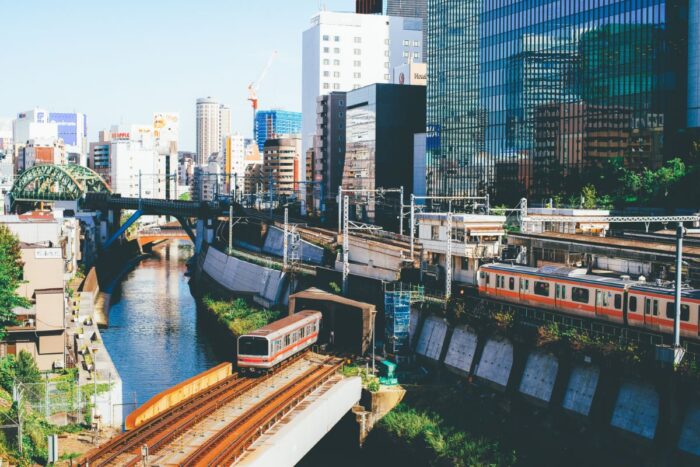
The history of Tokyo’s public transport system dates back to 1882, when the first horse-drawn tramway began operating in the city. The first electric streetcar service was introduced in 1903, and by 1927, Tokyo had an extensive network of streetcar lines.
However, with the rapid growth of the city’s population, the streetcar system became overcrowded and inefficient. In response, the Tokyo Metropolitan Government began planning for a subway system in the 1920s.
The first subway line, the Ginza Line, opened in 1927, followed by the Marunouchi Line in 1954. Since then, Tokyo’s subway system has continued to expand, with new lines and extensions opening regularly.
Today, Tokyo’s public transport system is one of the most extensive and efficient in the world, with a network of trains, subways, and buses that covers the entire city and beyond. The system is operated by private and public companies, including the Tokyo Metro, JR East, and numerous bus companies.
Despite its complexity, Tokyo’s public transport system is known for its punctuality, cleanliness, and safety. It is an essential part of daily life for millions of Tokyo residents and visitors alike.
Current Tokyo Public Transport System

Tokyo boasts one of the most extensive and efficient public transportation systems in the world. The city’s public transport system comprises trains, subways, and buses. The railway network is extraordinarily intricate, and the stations are closely found, including Tokyo station, Shinjuku station, Ikebukuro station, Ueno station, Shibuya station, etc.
The Tokyo Metro and Toei Subway networks together cover a total system length of 304.0 kilometers and comprise 286 stations and 13 lines. Additionally, Tokyo’s public transport system consists of suburban trains, buses, trams, and monorails. These networks connect to other rail networks around the city, making it easy to get around.
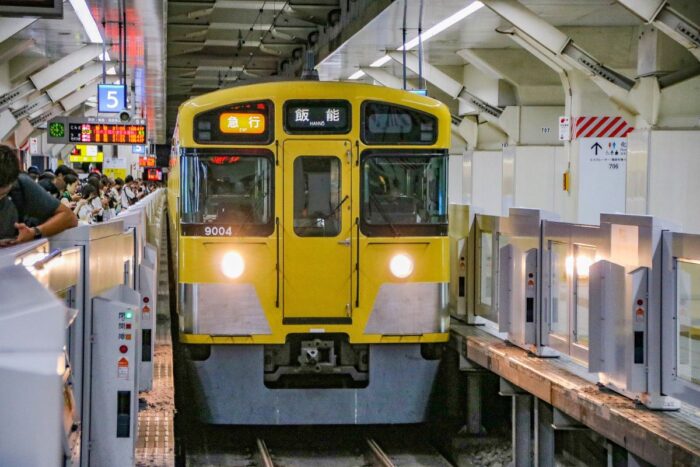
One of the most notable features of Tokyo’s public transport system is its punctuality. Trains and buses typically run on time, and delays are rare. The trains are also incredibly clean and well-maintained, making for a comfortable ride.
Another feature of Tokyo’s public transport system is its accessibility. Most stations have elevators and escalators, and the trains are designed to accommodate passengers with disabilities. Additionally, the Tokyo Metro and Toei Subway networks have signage and announcements in English, making it easy for tourists to navigate the system.
Finally, Tokyo’s public transport system is incredibly safe. Crime on trains and buses is rare, and the stations are well-lit and staffed by security personnel. However, it is recommended that passengers keep an eye on their belongings, especially during rush hour when the trains can get crowded.
| Mode of Transport | Features |
|---|---|
| Trains and Subways | Extensive network, punctual, clean, accessible, and safe |
| Buses, Trams, and Monorails | Connect to other rail networks, accessible, and safe |
Types of Tokyo Public Transport
Tokyo boasts an extensive public transport system that is efficient, reliable, and easy to navigate. Here are the different types of public transport available in Tokyo:
Trains

The train network in Tokyo is vast and complex, with several different operators providing services. The main operators are Japan Railways (JR), Tokyo Metro, and Toei Subway. The JR Yamanote Line is a circular line that connects Tokyo’s major districts, including Shinjuku, Shibuya, and Tokyo Station. Tokyo Metro and Toei Subway operate several lines that cover the city’s different regions.
Train fares in Tokyo are calculated based on distance traveled, with prices starting at around 170 yen for short distances. It is recommended to purchase a rechargeable IC card, such as Suica or Pasmo, which can be used on all train lines and other public transport modes. These cards offer discounts on fares and make traveling around Tokyo more convenient.
Subways

Tokyo’s subway system is extensive, with 13 lines operated by Tokyo Metro and Toei Subway. Subway lines cover most of the city’s districts and connect to major train stations. Subway fares are calculated based on distance traveled, with prices starting at around 170 yen for short distances.
Subway trains in Tokyo are known for their punctuality and frequency, with trains arriving every few minutes during peak hours. The subway system can be crowded during rush hour, so it is recommended to avoid traveling during these times if possible.
Buses
Public buses are another option for getting around Tokyo, particularly for areas not covered by trains and subways. Tokyo’s bus system is operated by several companies, including Tokyo Metro and Toei Bus. Bus fares start at around 210 yen for adults and 110 yen for children.
Bus routes and schedules can be complex, so it is recommended to check route maps and timetables in advance. Some buses also offer free Wi-Fi and other amenities, making them a comfortable option for longer journeys.
Taxis
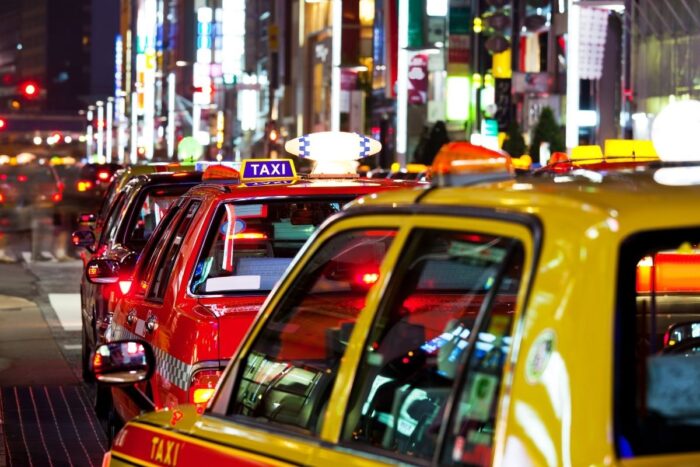
Taxis are widely available in Tokyo and are a convenient option for short trips or when traveling with heavy luggage. Taxis in Tokyo are metered, with fares starting at around 410 yen for the first 1.052 kilometers and increasing based on distance and time traveled.
It is recommended to carry the name and address of your destination in Japanese, as many taxi drivers do not speak English. Taxis can also be expensive, particularly during peak hours and late at night, so it is recommended to use them sparingly.
Fares and Payment Options
Getting around Tokyo is easy thanks to its efficient public transport system. However, navigating the fares and payment options can be confusing for first-time visitors. Here’s what you need to know:
Fares
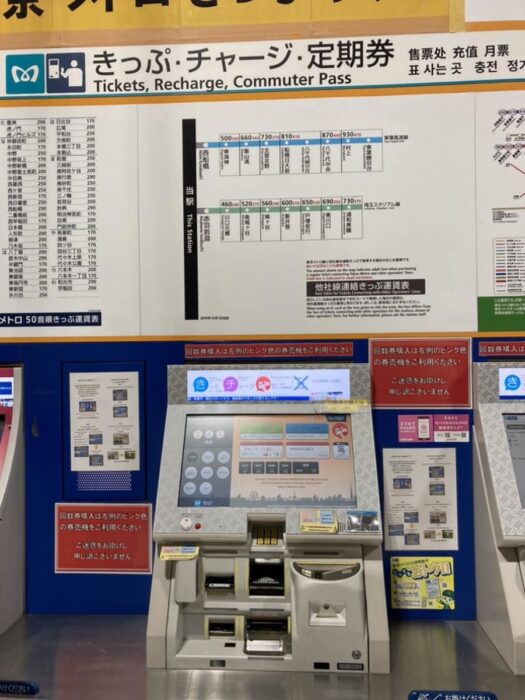
The fare for Tokyo’s public transport varies based on the distance traveled and the mode of transport. For example, a single journey on the Tokyo Metro costs between ¥170 and ¥320, depending on the distance traveled. A single journey on a bus costs ¥210, regardless of the distance traveled.
If you plan to use public transport frequently during your stay in Tokyo, it is recommended to purchase a transport pass. Several passes are available, including the Tokyo Metro 24-hour Ticket, which allows unlimited travel on the Tokyo Metro for 24 hours, and the PASMO or Suica IC card, which can be used on all forms of public transport in Tokyo.
Payment Options
There are several payment options available for Tokyo’s public transport system. These include:
- Cash: You can pay for your journey using cash at ticket machines located at train stations and bus stops.
- IC Cards: PASMO and Suica IC cards are rechargeable smart cards that can be used to pay for journeys on all forms of public transport in Tokyo. These cards can be purchased at train stations, bus stops, and convenience stores.
- Mobile Payment: Some transport operators in Tokyo accept mobile payments, such as Apple Pay and Google Pay.
Note htat that not all forms of public transport in Tokyo accept the same payment options. For example, while IC cards can be used on all forms of public transport, cash cannot be used on the Tokyo Metro.
Overall, Tokyo’s public transport system is a convenient and affordable way to get around the city. By understanding the fares and payment options, you can make the most of your time in Tokyo and explore all the city has to offer.
Challenges and Future Plans
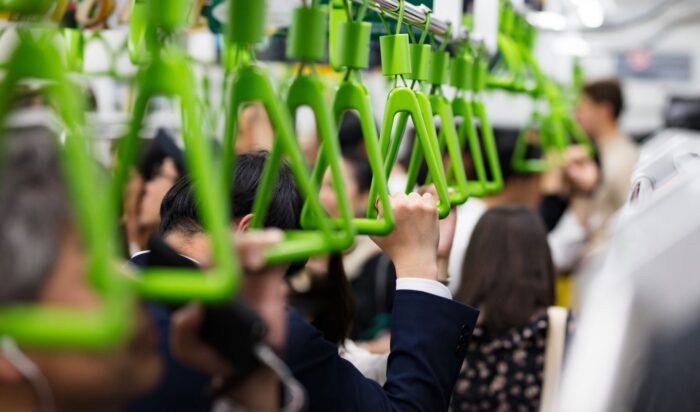
While Tokyo’s public transport system is considered one of the best in the world, it still faces several challenges, including:
- Crowding: During rush hours, trains and stations can become extremely crowded, making it difficult for passengers to move around.
- Limited luggage space: Tokyo’s public transport system is not designed for passengers with large pieces of luggage, making it difficult for travelers with suitcases or backpacks.
- Language barrier: While many signs and announcements are in English, some passengers may still struggle with the language barrier, especially when trying to navigate through complex train transfers.
Despite these challenges, Tokyo has several future plans to improve its public transport system:
- Expansion of the metro system: Tokyo plans to expand its metro system by adding new lines and extending existing ones to improve connectivity between different parts of the city.
- Introduction of new technologies: Tokyo is exploring the use of new technologies, such as autonomous buses and trains, to improve the efficiency and safety of its public transport system.
- Improvement of accessibility: Tokyo is working to improve accessibility for passengers with disabilities by adding more elevators and ramps in stations and trains.
- Reduction of carbon emissions: Tokyo is committed to reducing its carbon emissions by promoting the use of electric and hybrid buses and trains and encouraging more people to use bicycles and walk for short distances.
Overall, Tokyo’s public transport system is constantly evolving to meet the needs of its passengers and to maintain its reputation as one of the best in the world.
The Sum Up

Tokyo’s public transport system is highly efficient, reliable, and extensive, making it easy for visitors and locals to get around the city. The system includes a massive rail network, suburban trains, subways, buses, trams, and monorails, and it connects to other rail networks around the country. In 2022, Tokyo’s public transport system was ranked one of the world’s top 10, and it’s easy to see why.
One of the standout features of Tokyo’s public transport system is its punctuality. Trains and buses run on time, and delays are rare. Additionally, the system is clean, safe, and easy to navigate, with signs and announcements in both Japanese and English.
Visitors to Tokyo should keep in mind that the public transport system can get crowded during rush hour, especially on the subway and trains. It’s recommended to avoid bringing large suitcases or bags during peak hours, and to plan ahead to avoid getting lost or confused. However, off-peak times are generally less crowded, and you can explore the city at their leisure.
Overall, Tokyo’s public transport system is a testament to the city’s commitment to efficiency and convenience. Whether you’re a local or a visitor, the system offers a reliable and affordable way to explore the city and its surrounding areas. With its extensive network and punctual service, Tokyo’s public transport system is a model for other cities around the world.


